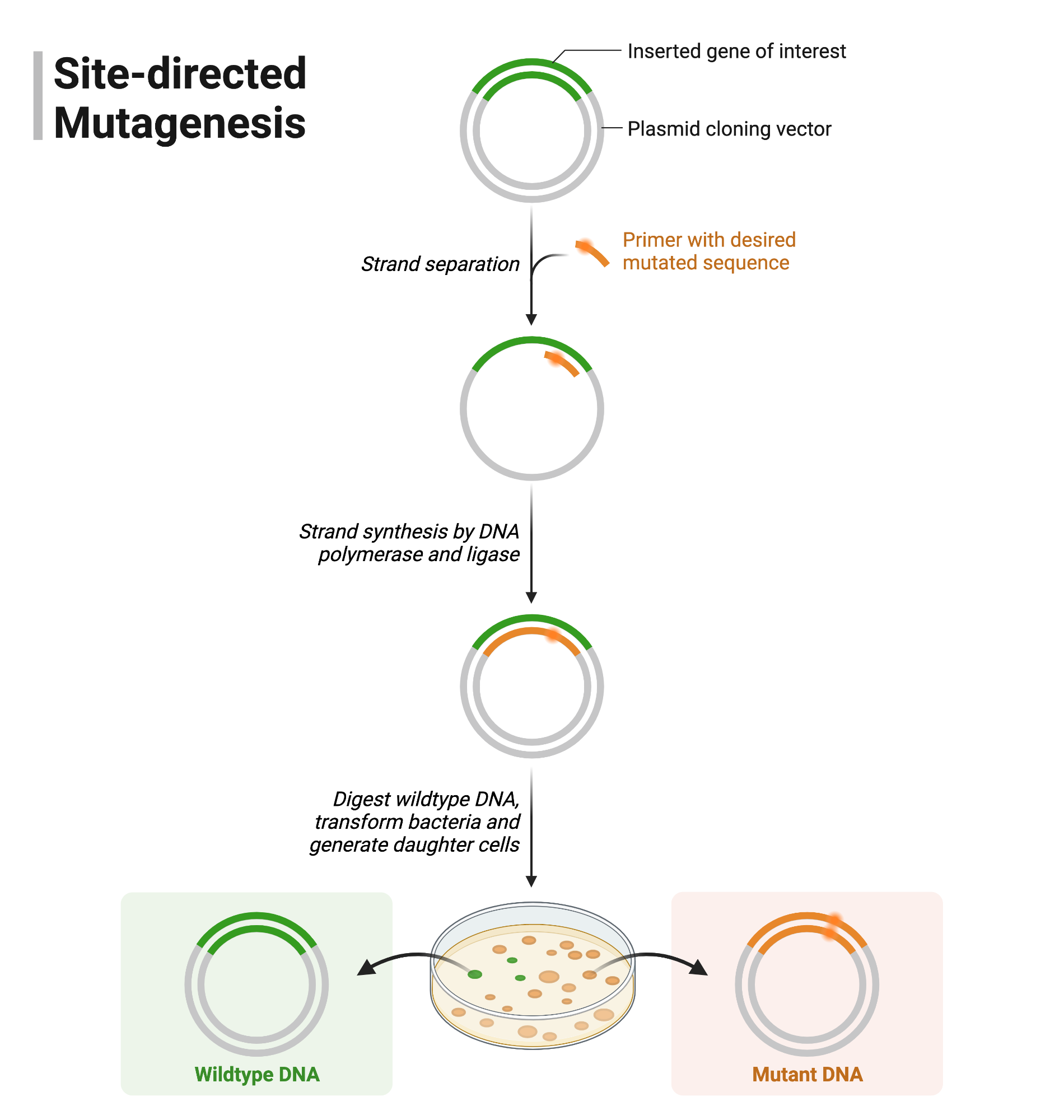Protein codon modification is a powerful tool that can be used to manipulate the genetic code and create proteins with new properties. It is a rapidly developing field with the potential to revolutionize the way we produce and use proteins.
According to the expansion and contraction sites, the amino acids in that region should be modified to provide more space in the inhibition site. The Val 379, Ala 728, Gln 774 and Gly 606 amino acids that should be contracted should be changed into the larger side chain amino acids such as Phe, Trp, Tyr, Leu, or Ile to narrow down the pocket site. To make the binding site near the expanded sites closer to each other and bring more binding affinity, the Met 428 and Pro 347 amino acids should be changed into smaller side chain amino acids such as Ala, Gly, or Ser.
Site-directed mutagenesis (SDM) is a powerful tool to study proteins and improve their properties. It is a technique that allows us to make specific changes to the DNA sequence of a gene, which can result in changes to the structure and function of the encoded protein. SDM is used in a variety of applications, including drug discovery, protein engineering, and basic research. One of the most common applications of SDM is to improve the catalytic activity or stability of enzymes. For example, SDM can be used to design enzymes that are more efficient at converting substrates into products, or that can withstand harsher reaction conditions. SDM can also be used to create enzymes with new specificities, which can be useful for developing new drugs or industrial processes.

